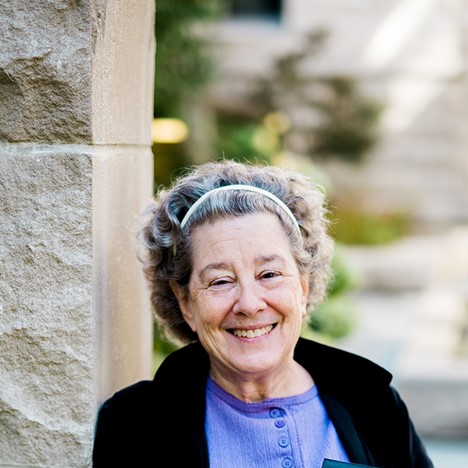Catherine Pilachowski, Indiana University Bloomington – What to Expect During a Total Solar Eclipse
 On Indiana University’s Total Solar Eclipse Week: Astronomers are about to get a rare chance for some breakthrough discoveries.
On Indiana University’s Total Solar Eclipse Week: Astronomers are about to get a rare chance for some breakthrough discoveries.
Catherine Pilachowski, Daniel Kirkwood Chair and distinguished professor of astronomy, explores how.
Professor Pilachowski holds the Kirkwood Chair in Astronomy at Indiana University Bloomington, where she teaches and conducts research on the evolution of stars and the chemical history of the Milky Way Galaxy from studies of chemical composition of stars and star clusters.
She served for more than 20 years on the scientific staff of the NSF’s National Optical-Infrared Astronomy research Laboratory in Tucson. While at NOAO, she served as Project Scientist for the design and construction of the 3.5-meter WIYN Telescope.
In addition to her astronomical research, Professor Pilachowski has been active in the areas of light pollution, astronomical instrumentation, large telescope design and construction, electronic publications, women in science, and diversity. She has served on numerous national and international boards and committees and as President of the American Astronomical Society from 2002-2004. She is a Fellow of the American Association for the Advancement of Science.
Professor Pilachowski received a B.S. in Physics from Harvey Mudd College in California, and her M.S. and Ph.D. from the University of Hawaii.
What to Expect During a Total Solar Eclipse
For many people, including astronomers, a total solar eclipse is an awe-inspiring event. Many people remember the total eclipse of 2017, and this one will be even longer, with more than four minutes of darkness along much of the path of totality. It seems mundane to say, but a total eclipse is a deeply moving experience, a sense of connection to nature, to the universe, in a way we don’t often experience.
During the total solar eclipse, the moon will completely cover the sun. Locations along the path of totality will enjoy a period of darkness. People outside the path will see just a partial eclipse of the sun.
Since the sun is approaching its most active phase, during totality we will see solar prominences glowing red, peeking out around the edge of the moon, as well as the radiant corona of hot gas that surrounds the sun.
For astronomers, the eclipse is a rare chance to study the lower and middle solar corona, too faint to see during daylight. Schools, libraries, and museums along the path will participate in the Citizen Continental America Telescopic Eclipse project to produce an hour-long video of the polarized solar corona for astronomers to study. These observations may help us understand the mechanism that heats the corona to millions of degrees above the sun’s cooler surface.
The minutes of darkness will seem to go by quickly, and the moon will continue to move onward. But that critical period of totality may reveal to astronomers the secrets of the corona.


